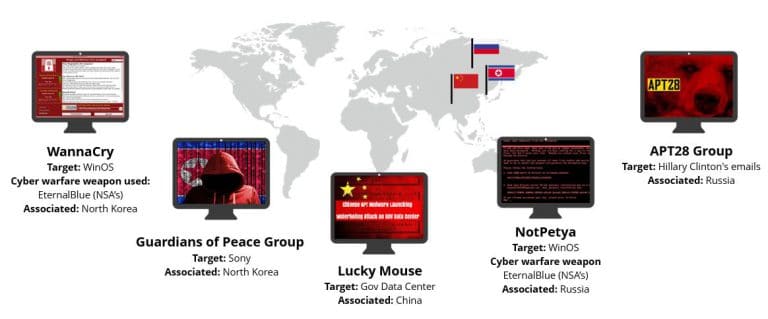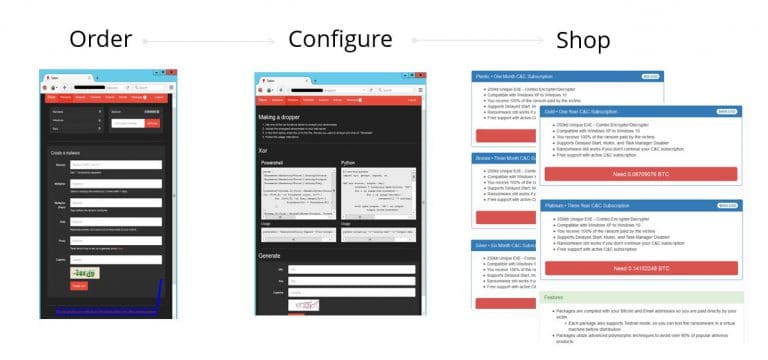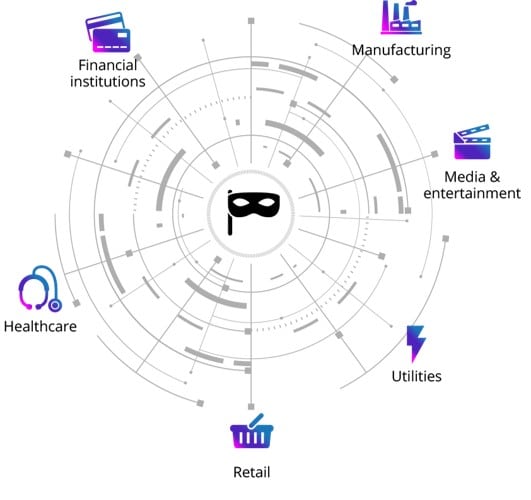Nation-state and nation-state grade attacks have been gaining steam in cybersecurity. Our methodology is based around modeling your cybersecurity strategy to be geared toward thinking like one of those attackers.

In designing your cyber defense plan, we think like an attacker


We pursue new offensive techniques to challenge our defense tactics
Regardless of where you are at in your cyber defense journey, our nation-state professionals are here to help.
More and more the cybersecurity industry has been hearing about these two topics. They are often used interchangeably, but in fact – there is a large difference between these two terms. While they have similar roots, there is some notable differentiation.

This threat is discussed much less than the above. The nation-state grade threat is based around attackers with or without nation-state backing, but using the same level of attack tools. There have been nation-state level attack tools that were released into the darknet which are available for purchase to anyone with access to it. On top of this, people, not attackers, can simply buy the service and have the attack run for them. They’re just as easy to procure as buying anything online as you can see below. This means the same level of cyber tools that are used by nation-states to attack other nation-states. Most of the enterprise is not equipped to defend against this level of attack, and the expertise that is needed is extremely expensive.


The truth is- anyone, anywhere, at any time is a target for a nation-state or nation-state grade cyber attack.
It used to be that nation-states only attacked other nation-states. That has changed completely in recent years. Due to everything being digital these days, it’s become a new “warzone” so to speak. Cyber warfare has the potential to do some real life damage, especially in industries like finance, healthcare, entertainment and utilities. We saw this firsthand in both the FireEye breach as well as SolarWinds.
Beyond this, there is financial gain and reconnaissance to be had from attacking the private sector. It is much more efficient to break down barriers built in the enterprise than the government considering the level of expertise discussed above.
This is why it’s important to have someone in your corner who has been on the other side. We can help you understand the modus operandi of a nation-state attacker and make your cybersecurity strategy all the more resilient.
Check out these videos about our nation-state grade cyber defense methodology.
© 2025 Holistic Cyber (HolistiCyber). All Rights Reserved. Privacy Policy